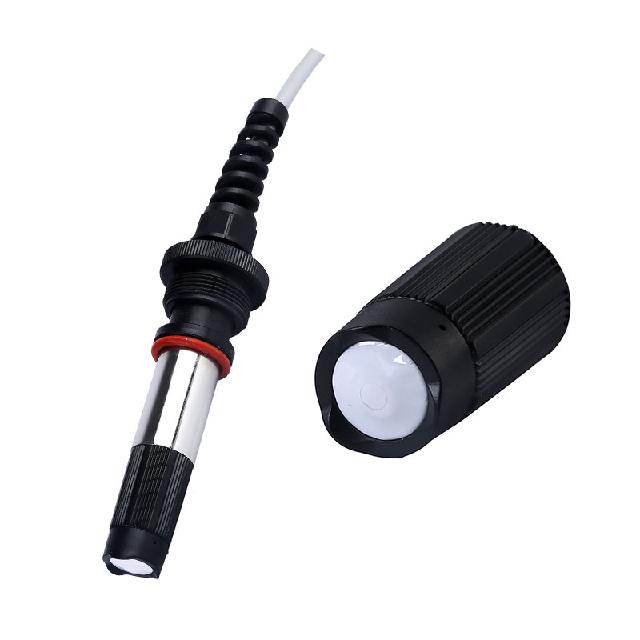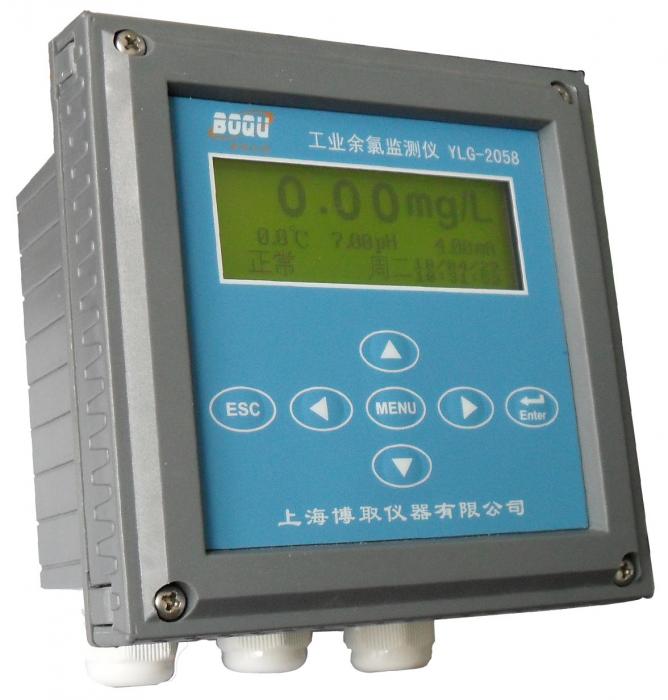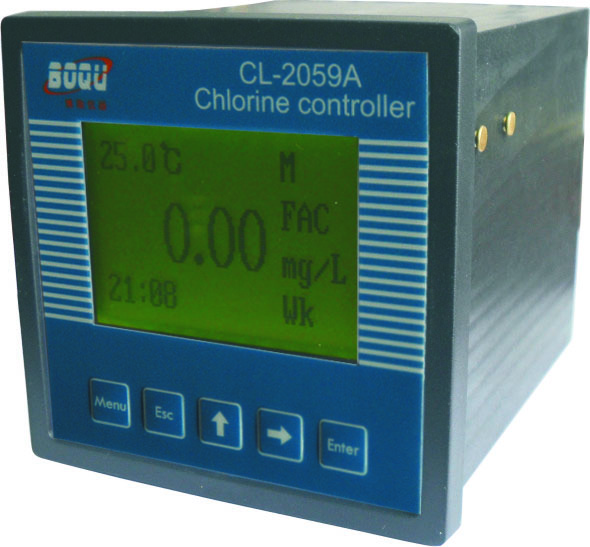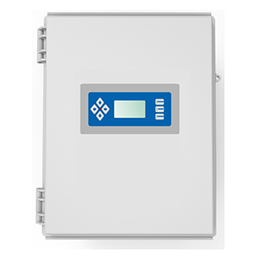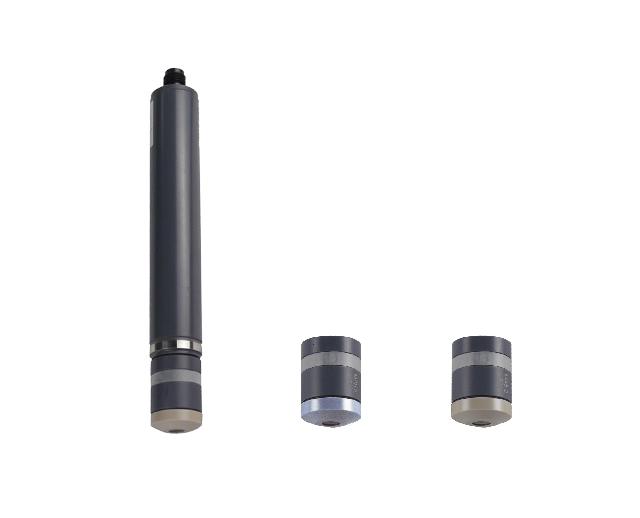| Name: | YLG-2058-01 membrane method polarographic residual chlorine electrode |
|---|---|
| Measuring range: | 0.005~2.00ppm 0.05~5.00/10.00/20.00ppm0.005~20 ppm (mg/L) HOCl |
| Accuracy: | 2% or ± 10 ppb HOCl |
| Working temperature: | 0~45℃ |
Measuring range: 0.005~20 ppm (mg/L) HOCl
Minimum detection limit: 5 ppb or 0.05 mg/L HOCl
Accuracy: 2% or ± 10 ppb HOCl
Response time: 90% less than 90 seconds
Storage temperature: -20~60℃
Operating temperature: 0 ~ 45℃
Sample temperature: 0 ~ 45℃
Calibration method: laboratory comparison method
Calibration interval: once/2 months
Maintenance interval: generally replace the membrane and electrolyte every six months
Inlet and outlet water sample tube connection: outer diameter Φ10
The electrolyte and the permeable membrane separate the electrolytic cell and the water sample, and the permeable membrane can selectively allow ClO- to penetrate; there is a fixed potential difference between the two electrodes, and the current intensity generated can be converted into the residual chlorine concentration;
On the cathode: ClO- + 2H+ + 2e- → Cl-+ H2O
On the anode: Cl- + Ag → AgCl + e-
Since there is a fixed conversion relationship between HOCl, ClO- and residual chlorine under certain temperature and pH conditions, residual chlorine can be measured in this way.
The electrolyte and the permeable membrane separate the electrolytic cell and the water sample, and the permeable membrane can selectively allow ClO- to penetrate; there is a fixed potential difference between the two electrodes, and the current intensity generated can be converted into the residual chlorine concentration;
On the cathode: ClO- + 2H+ + 2e- → Cl-+ H2O
On the anode: Cl- + Ag → AgCl + e-
Since there is a fixed conversion relationship between HOCl, ClO- and residual chlorine under certain temperature and pH conditions, residual chlorine can be measured in this way.

